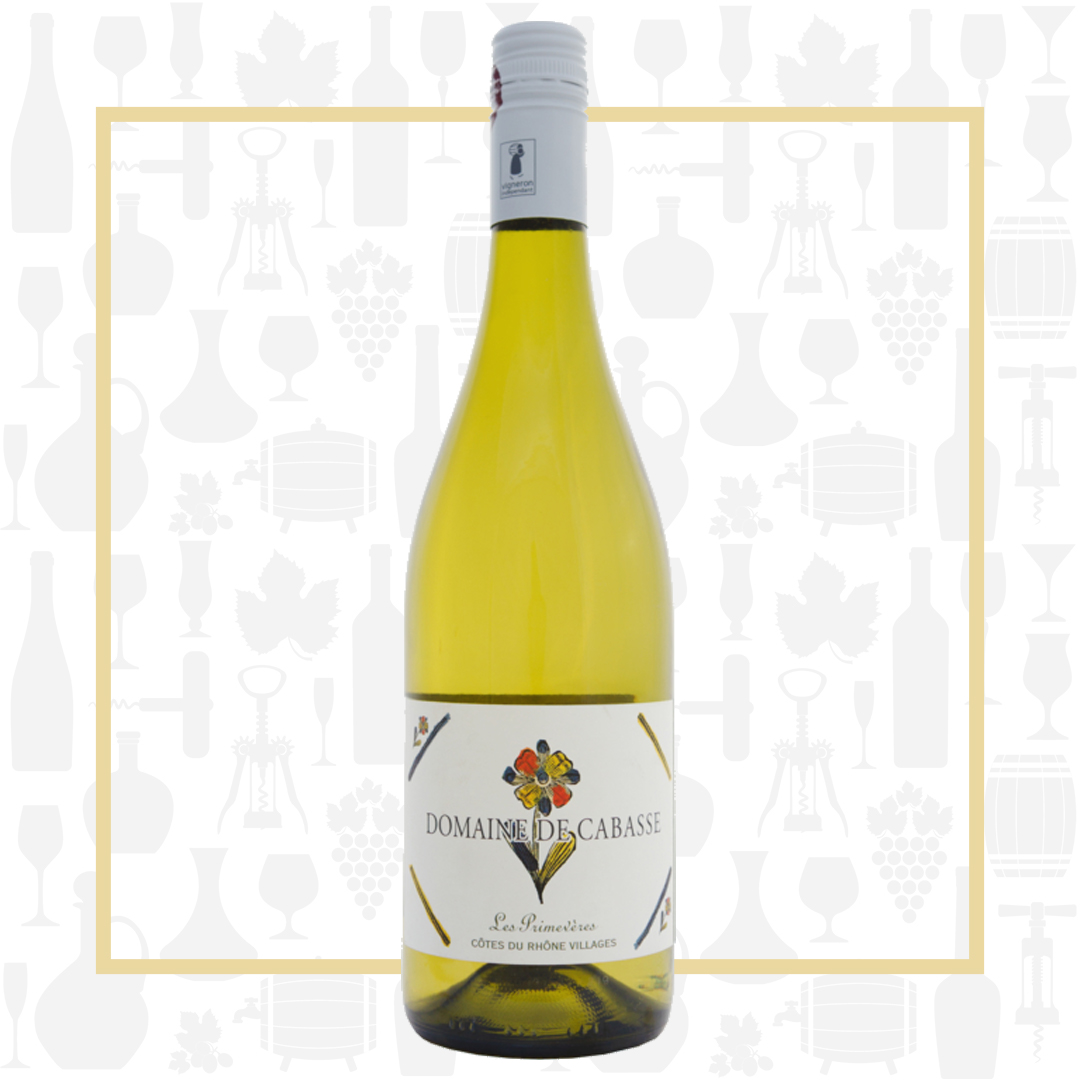Cellar Profile
The winery and estate sit between the towns of Séguret and Sablet, a half-hour drive from iconic Châteauneuf-du-Pape. Under vine for over 600 years, the property has been lovingly cared for by the Baudry family since 2012. Approximately 15 sustainably-farmed hectares in the towns of Séguret, Sablet and Gigondas are planted with Syrah, Grenache, Mourvèdre, Counoise, Carignan, Clairette and other local white varieties. These are some of only 16 Southern Rhône communes which may use their name along with the Côtes-du-Rhône Villages appellation. The small plots are surrounded by hedges and trees that protect the vines from the cold Mistral which can blow violently from the north. The Mediterranean climate assures plenty of warmth and sunshine during the growing season, but the nearby sea and stiff evening breeze ensure a broad diurnal shift that retains acidity and freshness in the wines. The pebbled soils are a mix of clay, sand and, most importantly, limestone.
Region
The Southern Rhône has been contiguously planted since 600 BC and is one of the largest and most important wine regions in France in terms of volume. There are over 1800 individual wineries and over one hundred cooperatives here. The area offers juicier, headier and less complicated wines than the north, where you’ll predominantly find structured Syrah and viscous, intense, aromatic Viognier. In the south, there’s a veritable cornucopia of allowable grapes to choose from, including Syrah, Grenache, Mourvèdre, Cinsault and Carignan in red, and Clairette, Viognier, Picpoul, Muscat and Grenache Blanc in whites. The most notable southern appellation – Châteauneuf-du-Pape — allows up to 19 different grape varieties to be used in the blend! Wine made from grapes grown throughout the Rhône region will have the basic “Côtes du Rhône” AOC on the label, while wines produced from designated areas that have attained a higher level of ripeness and maturity of grapes before harvest can use the “Côtes du Rhône Villages” designation. Some will have the name of the Village they are from, such as “Côtes du Rhône Sablet”. More than 95 villages make up the Côtes du Rhône Villages appellation area. There are also 20 different communes within the Rhône Valley (North and South) that have been designated as producing wines of exceeding quality called “Cru”. In the south, these include Châteauneuf-du-Pape, Rasteau, Gigondas and Vacqueyras. The climate in Southern Rhône is Mediterranean, with intensely hot summers and mild, wet winters. High daytime temperatures are moderated by cooling sea breezes and by the intense cold wind they call “Le Mistral” that rips its way through the valley to empty out into the sea. The resulting precipitous temperature drops help ensure some acidity remains in the wines, despite the sometimes elevated alcohol levels.
Vineyard
The Estate vineyards have been farmed since the 14th century. These old vines are planted in sandy soil sitting on top of calcareous rock and a good amount of limestone. They are sustainbly-tended and surrounded by high hedges that help moderate the intense Mistral wind.
Winemaking
Field-blended grapes are hand-harvested, then direct pressed into stainless steel for a long, cool fermentation. After 3 months of aging on the lees, the wine is transferred into seasoned French oak barrels, to round out any rough edges, before being bottled with a light filtration.
Varieties
Grenache Blanc is a genetic mutation of Grenache Noir and, like its parent, creates wines of richness and mild acidity. It is pleasantly aromatic, with notes of Asian pear, citrus and stone fruit. Care must be taken to temper alcohol levels. Viognier is best-known for its powerful, aromatic, age-worthy Northern Rhône iterations. Intense on the nose, it is a low-acid grape variety and balance here comes from its ability to pick up minerality. It requires a long, warm growing season, but not one too hot, where sugar levels can rise rapidly. Roussanne offers a good dose of acidity to this blend. This dark-pigmented white grape gives notes of stone fruit and nervy intensity. It is known to ripen unevenly but when care is taken to ensure grapes reach full maturity, the wines can have great longevity, with tertiary notes of honey and nut as they slowly develop. Roussanne is frequently a blending partner with other white Rhône grapes.
Tasting Notes
A hedonistic nose, with aromas of peach, pear, beeswax and white tangerine. The palate is silky but textured, with a healthy dose of minerality. Chill and serve as an aperitif or alongside a plate of fried smelts with lemon, soft, tangy goat cheese or spring mix salads.

